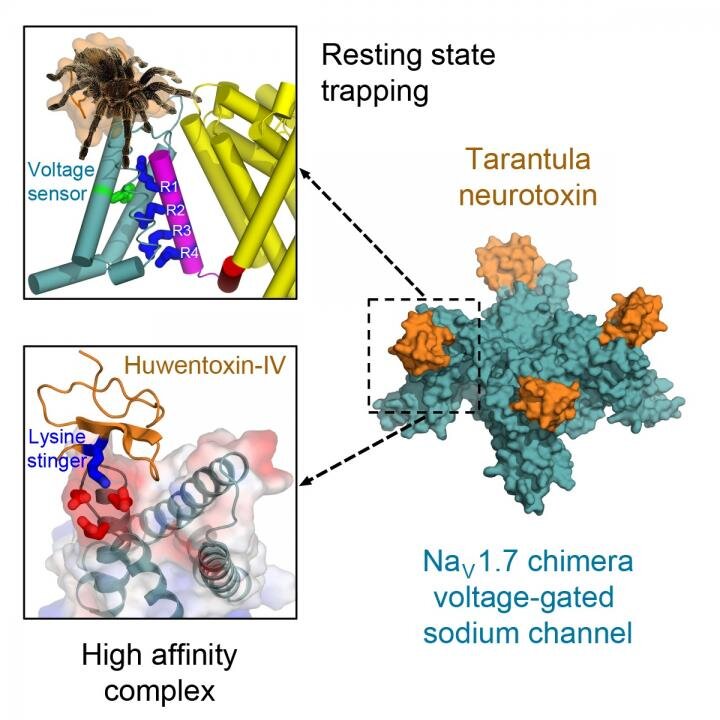Insurance Claims Show Lyme Disease More Widespread
/By Pat Anson, PNN Editor
A new analysis of insurance claims by the Centers for Disease Control and Prevention suggests that Lyme disease may be far more widespread in the United States than current estimates.
CDC researchers looked at data from MarketScan, a large commercial insurance claims database, and found that Lyme disease diagnoses from 2010 to 2018 were six to eight times higher than the number of cases reported to a federal disease surveillance program.
Lyme disease is a bacterial illness spread by ticks. When left untreated, it can lead to chronic disorders such as fatigue, muscle and joint pain, cognitive issues and other symptoms that are often diagnosed as fibromyalgia, neuropathy and autoimmune disorders.
Most reported cases of Lyme disease occur in 14 states in the Northeast, mid-Atlantic and upper Midwest, especially during the summer months when more people spend time outdoors. Recent studies show Lyme is spreading to neighboring states and is no longer just a seasonal disease, possibly do to the effects of climate change.
The CDC analysis of insurance claims filed by nearly 23 million Americans identified over 140,000 people who were diagnosed with Lyme disease during the study period. That works out to a nationwide rate of 73 cases for every 100,000 people, a rate substantially higher than the 9 cases per 100,000 reported by the surveillance program.
“Age and sex distributions among Lyme disease diagnoses in MarketScan were similar to those of cases reported through surveillance, but proportionally more diagnoses occurred outside of peak summer months, among female enrollees, and outside high-incidence states,” wrote lead author Amy Schwartz, an epidemiologist in the CDC’s Bacterial Diseases Branch.
Schwartz and her colleagues say the larger number of Lyme cases reported by MarketScan may be the result of misdiagnoses, but the volume of claims warrant further investigation.
“Although Lyme disease diagnoses identified from claims data are not supported by the robust evidence of infection required for surveillance reporting, they are a consistent indicator of trends in the healthcare system. In addition, the sheer volume of data available through MarketScan provides potential for new insights into the epidemiology of Lyme disease diagnoses in the United States,” they said.
The CDC findings are similar to a 2017 analysis of insurance claims by the non-profit FAIR Health, which found an unexpected surge in Lyme disease cases during the winter and early spring.
Early symptoms of Lyme disease include fever, chills, headache, fatigue, muscle and joint aches, and swollen lymph nodes. A delayed rash often appears at the site of the tick bite. The rash grows in size and sometimes resembles a bulls-eye. Lyme disease is usually treated with antibiotics.
About 30,000 cases of Lyme disease are reported annually by state and local health departments to the surveillance program. The CDC acknowledges, however, that the actual number of cases is probably much higher and that about 300,000 Americans may become infected every year.





















